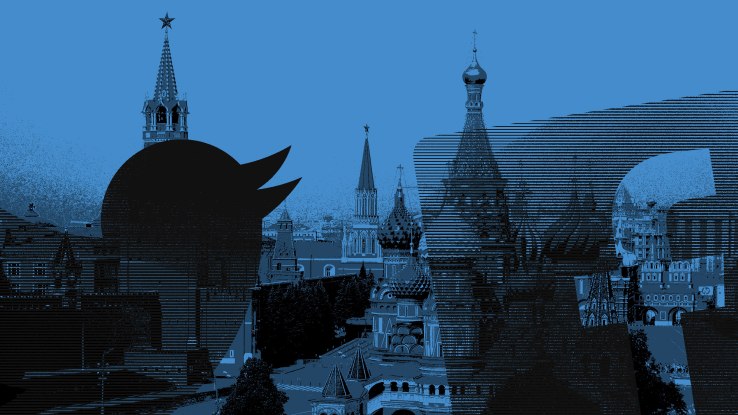Twitter says Russians spent ~$1k on six Brexit-related ads

Twitter has disclosed that Russian-backed accounts spent $1,031.99 to buy six Brexit-related ads on its platform during last year’s European Union referendum vote.
The ads in question were purchased during the regulated period for political campaigning in the June 2016 EU Referendum — specifically from 15 April to 23 June 2016.
This nugget of intel into Kremlin political disinformation ops that were centered on the UK’s Brexit vote has been released as part of an ongoing internal investigation by Twitter into possible Russian Brexit meddling — initiated by a request for information from a UK parliamentary committee that’s investigating fake news.
The UK’s Electoral Commission, which oversees domestic election procedure and regulates campaign financing, has also written to social media companies asking them to investigate potential Russian Brexit meddling as part of an ongoing enquiry it’s running into whether the use of digital ads and bots on social media might have broken existing political campaigning rules.
Earlier today Facebook said it had identified three “immigration” ads bought by Russian backed accounts that ran ahead of the Brexit vote — which it says garnered 200 views.
However Facebook’s probe has so far only looked at paid content from Russian accounts. So it’s still not clear how much Brexit-related propaganda was being spread by Russian accounts on the platform given that content can also be freely shared with followers on Facebook.
In the US Kremlin agents were even revealed to have used Facebook’s Events tools to list and orchestrate real-world meet-ups. And in October, Facebook admitted as many as 126 million US Facebook users could have viewed Russian-backed content on its platform.
With Brexit, both Facebook and Twitter have yet to release this sort of ‘full reach’ analysis — so it’s still not possible to quantify the potential impact of Kremlin propaganda on the EU referendum vote.
A Twitter spokesman declined to answer additional questions we put to it, including asking for its analysis of the reach of the six ads — and whether or not it’s also investigating non-paid Russian-backed content (i.e. tweets and bots) around Brexit, not just paid ads.
An academic study last month suggested substantial activity on that front — tracking more than 150,000 Russian accounts that mentioned Brexit and some 45,000 tweets posted in the 48 hours around the vote.
Twitter’s spokesman also declined to share the Russian bought Brexit ads it has identified.
He did provide the following “key points” from Twitter’s letter to Damian Collins MP, chair of the Digital, Culture, Media and Sport Select Committee, which note an earlier decision by the company to ban ads from Russian media firms RT and Sputnik:
In response to the Commission’s request for information concerning Russian-funded campaign activity conducted during the regulated period for the June 2016 EU Referendum (15 April to 23 June 2016), Twitter reviewed referendum-related advertising on our platform during the relevant time period.
Among the accounts that we have previously identified as likely funded from Russian sources, we have thus far identified one account—@RT_com— which promoted referendum-related content during the regulated period. $1,031.99 was spent on six referendum-related ads during the regulated period.
With regard to future activity by Russian-funded accounts, on 26 October 2017, Twitter announced that it would no longer accept advertisements from RT and Sputnik and will donate the $1.9 million that RT had spent globally on advertising on Twitter to academic research into elections and civil engagement. That decision was based on a retrospective review that we initiated in the aftermath of the 2016 U.S. Presidential Elections and following the U.S. intelligence community’s conclusion that both RT and Sputnik have attempted to interfere with the election on behalf of the Russian government. Accordingly, @RT_com will not be eligible to use Twitter’s promoted products in the future.
Featured Image: Bryce Durbin/TechCrunch/Getty Images